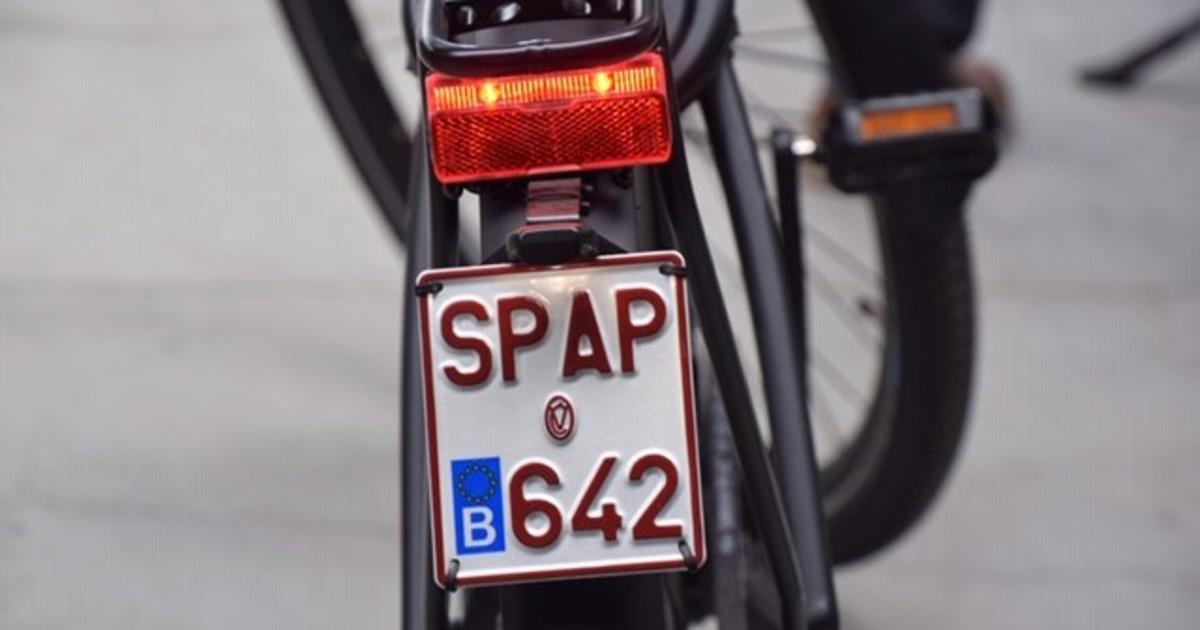
Research: analysis of initial speed pedelec usage for commuting purposes in Flanders
733 days ago
2 minutes
The 365SNEL project, subsidized by the Flemish Ministry for the Environment is aimed at evaluating the potential of speed pedelecs for commuting. Among the companies who provided material for this project are three LEVA-EU Members: Klever, Qwic and Stromer.
In the framework of this project Bert Herteleer, Nikolaas Van den Steen, Lieselot Vanhaverbeke en Jan Cappelle have recently published a scientific paper: “Analysis of initial speed pedelec usage for commuting purposes in Flanders”. The abstract is below, the full paper is here: https://doi.org/10.1016/j.trip.2022.100589
Speed pedelecs, pedal-powered two-wheelers with motor assistance up to 45 km/h, are relatively new vehicles for active travel on European roads, with Flanders at the forefront of adoption. Policies by European and national entities have allowed speed pedelecs to be used, yet the policies have been based on assumptions and modelling about speeds reached, rather than measured data.
This paper presents analysis of naturalistic speed pedelec behaviour by 98 individuals at 10 companies in Flanders, who logged commuting and leisure rides with smartphone GPS during three-week test periods as part of the 365SNEL project using fifteen speed pedelecs, ranging in motor power from 250 W to 800 W. The cruising speed, the speed at which the largest distance is covered, and the 95th percentile (P95) speed (as a realistic maximum speed) are proposed as Key Performance Indicators to better evaluate speed pedelec behaviour. Cruising speeds for men were consistently higher than women (mean values: men 38.2 km /h, women 33.5 km /h). For all participants, the mean commuting P95 speed of 40.1 km/h is 5 km/h below the expected 45 km/h, which points to potential over-regulation of speed pedelecs according to their expected maximum speed.
Contrasting logged commuting cycling trips with leisure trips indicates that speed pedelecs can be characterised by their speed metrics, regardless of their travel purpose. Policymakers can therefore facilitate active travel with its commensurate physical and mental health benefits by investing in and designating routes for higher-speed (active) travel, and conversely reserve other routes for slower travel modes.
Annick Roetynck
Annick is the Manager of LEVA-EU, with decades of experience in two-wheeled and light electric mobility.
Campaign success
Lorem ipsum dolor sit amet, consectetur adipisicing elit, sed do eiusmod tempor incididunt ut labore et dolore magna aliqua.
Member profile
Lorem ipsum dolor sit amet, consectetur adipisicing elit, sed do eiusmod tempor incididunt ut labore et dolore magna aliqua.